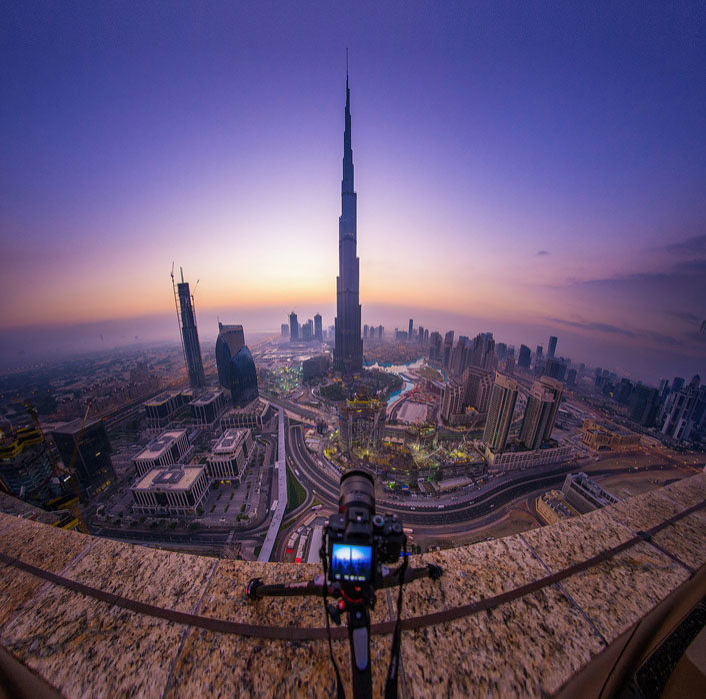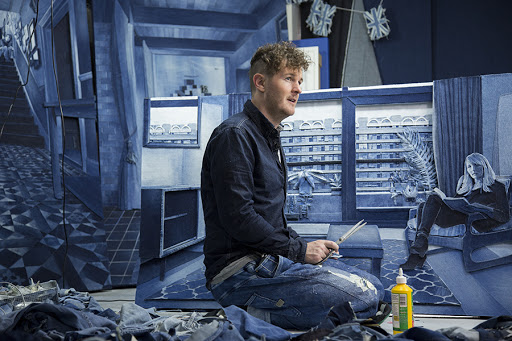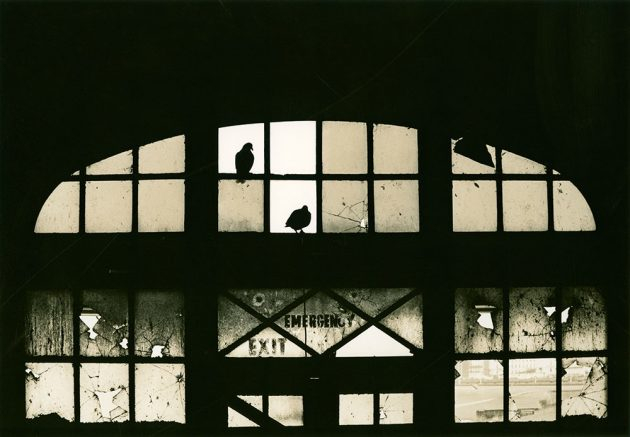photo no worse
RAW converter
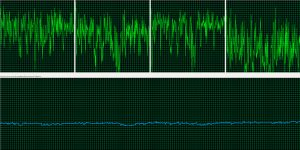 Modern digital photography is very much associated with image processing programs. Sometimes, just the photo editor creates exactly that photo, which we ultimately consider the work of the photographer.
Modern digital photography is very much associated with image processing programs. Sometimes, just the photo editor creates exactly that photo, which we ultimately consider the work of the photographer.
Modern digital photography is insidious, sometimes it turns into ordinary mathematical tricks, which I already wrote about in the articles ‘Subpixels’, ‘Gigapixels’, ‘JPEG‘, ‘Tricks with RAW‘ and ‘Setting RAW‘. Any photograph taken in the so-called raw format – RAW, for delivery to print or view on a computer must be converted (converted) to a simpler format with an unambiguous representation of the data. Usually such a program is called RAW converter (‘rav-converter’). There are simply a lot of such converters, but, due to the specifics of the raw files of each individual camera, converters sometimes can not recreate the “correct” photo from this raw data. It is often said that for the best result you need to use exclusively “native software”, which sometimes comes with the camera. Continue reading
What is ISO and how to configure it
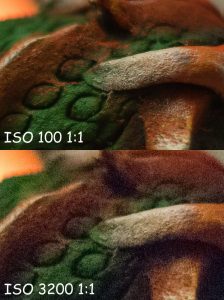 The ISO value is one of the most important settings when shooting, along with such values as shutter speed, aperture, and white balance. ISO is also often referred to as ISO sensitivity, ISO level, or simply the photosensitivity of a matrix or film.
The ISO value is one of the most important settings when shooting, along with such values as shutter speed, aperture, and white balance. ISO is also often referred to as ISO sensitivity, ISO level, or simply the photosensitivity of a matrix or film.
Still, what is ISO in the settings of the camera?
ISO is a parameter indicating the level of sensitivity to light of its light-picking element (matrix or film). Basically indicate the limits of ISO for cameras (cameras). Although, the same parameter can be found not only on the camera, but, for example, on the flash. For a flash, a guide number is usually indicated when using one of the ISO values of 100, or 200. ISO sensitivity is indicated in special units of the ISO system. The ISO numeric expression itself can accept any integer expression from 1 to infinity. For example, on my SB-900, you can set the ISO from 1 (unit) to 12,500, and on my Nikon D40 you can set the ISO value from 200 to 1,600. Continue reading
What is a diaphragm?
 Aperture is easy. In a nutshell, the diaphragm is a device in the lens that measures the amount of light.
Aperture is easy. In a nutshell, the diaphragm is a device in the lens that measures the amount of light.
Nikon Nikkor 105mm 1: 1.8 (AI-S) aperture blades on ZK
Aperture device in the Nikon Nikkor 105mm 1: 1.8 (AI-S) lens
For a better understanding of the operation of such a device, I will give an example from life. When people look at the sun, they squint their eyes, that is, they reduce the gap through which light passes. If people had not squinted, the sun would have burned the retina of their eyes with their strong light. At night, you need to do the opposite – open your eyes wider to capture more light, while the pupils also expand. Eyes with large pupils have many animals that need to see well at night.
Often the aperture is also called ‘aperture’ or ‘aperture’ or ‘relative aperture’ or ‘number F‘. These concepts are strongly interconnected and for many photographers are synonymous. But among them there are small differences described below. Continue reading
